For my reading instruction, I use a lot of mentor texts to teach key reading skills. This makes the skill authentic and relevant, and it helps students see the connection between the skill and real reading. Also, mentor texts are fun to read, and even my fifth graders love being read to.
Today I want to share a Spring mentor text that is always great for teaching the influence of point of view (as well as lots of other meaty skills!).
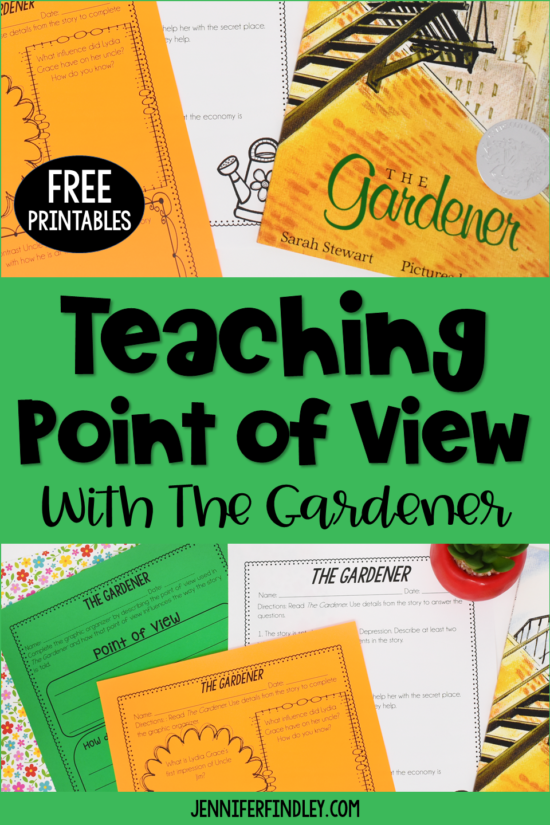
Summary:
This historical fiction story is set during the middle of the Great Depression. Lydia Grace’s parents are out of work and have sent her to live with her uncle, a baker who lives in the city. The entire story is told from the point of view of Lydia via letters she writes to her family. Lydia Grace has a huge impact on her uncle and her surroundings in the city. She transforms the rooftop into a garden and finally transforms her uncle into a happier man. She leaves at the end of the book to return home after ten months because her father has found a job.
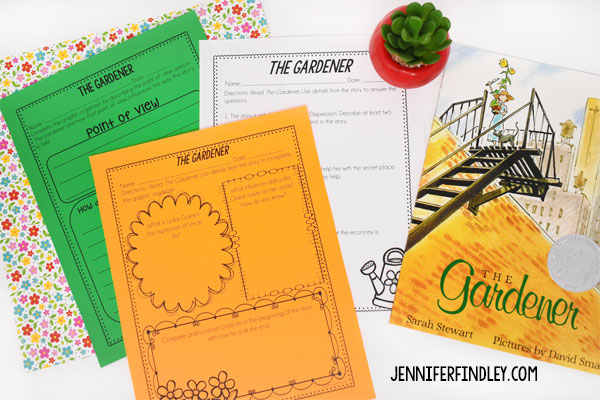
Lesson Introduction:
One of my favorite parts of this book is that it doubles as a great Spring Mentor Text and a book to pair with instruction on The Great Depression. I highly recommend providing some background on The Great Depression prior to reading this book, if your students are not familiar with this historical period. Your introduction can go into as much depth as you want depending on your history standards. However, I definitely recommend including information about the hardships and struggles by Americans during this time. This will help provide a context for many of the events that take place in the book (Lydia being sent to live with her uncle, her uncle being upset in the beginning of the book, for example).
In addition to giving the background of the time period, I also review the concept of point of view. Since my lesson primarily focuses on how point of view influences the events told in a story, the students need a knowledge of point of view prior to the lesson. The last thing I do before I begin reading is provide the students with a focus for the reading: How does the point of view affect how the events and characters are described? I will have the students to record their thoughts as they are reading on this graphic organizer which you can download for FREE at the end of this post.
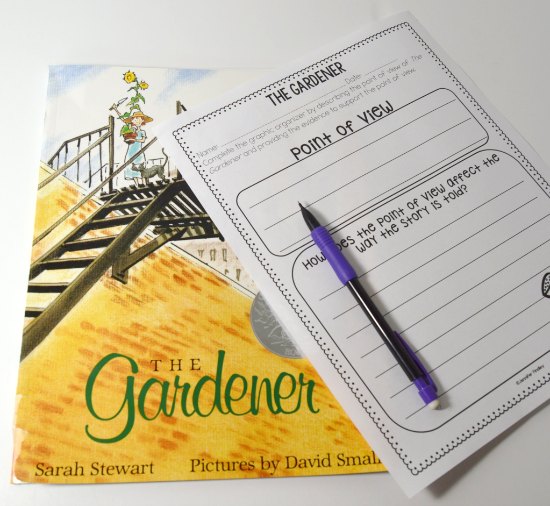
How to Use this Freebie:
As you are reading the book aloud, have your students record ways that the story is influenced since the point of view is Lydia Grace’s. There are example responses also available on the graphic organizer printable to help you guide the students. Depending on your students and their reading proficiency levels, I would definitely guide the students through at least one example and model your thinking. You can also scaffold them through the entire read aloud by stopping at certain points and having them discuss how this answers the question with a partner. Then they can record their notes on the organizer after discussing it.
Lesson Extension Activities:
In addition to discussing how the point of view affects the story, I also like to explore how the historical setting affects the plot. Use this comprehension question printable to have the students respond to that and a couple other questions.
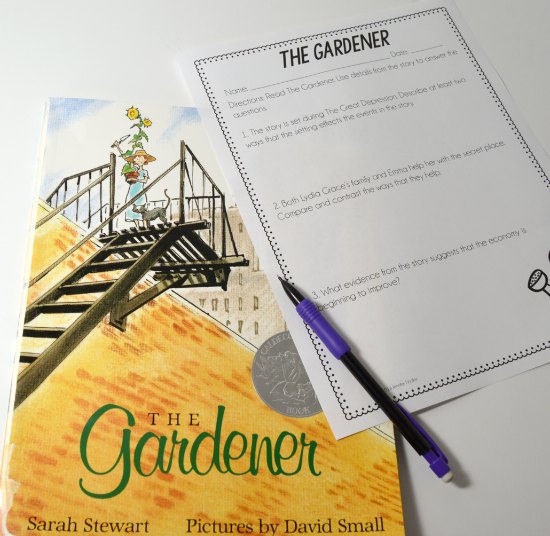
In addition to point of view and setting, this book is great for how a character changes through the course of a story. In the story, Lydia Grace’s presence has a huge effect on her uncle and his mood. Use this graphic organize to have the students record how Lydia Grace influences him and the change he undergoes.
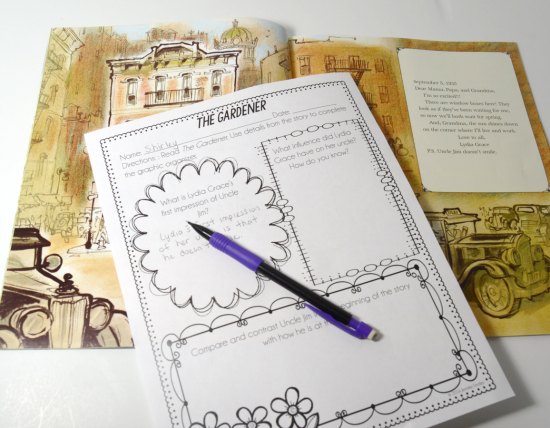
👇Get Access to the Free Spring Collection👇
For access to this FREE spring fever collection, click on the image below. You will be taken to a webpage where you can enter your email to unlock access to the resources. The collection includes the freebies shown in this blog post, along with other spring-themed resources.
Want More Spring Activities and Freebies?
Click on the links below to see even more spring themed activities for 4th and 5th graders.
More Spring Read Alouds with FREE Printables
Spring Jelly Bean Engineering STEM Activities with FREE Printables

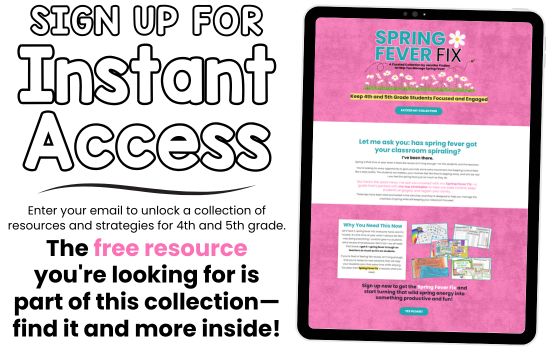







What a wonderful and meaningful activity! I have never read this story before but you have sold me. Need to buy a copy ASAP. Thanks so much!
It really is a great read aloud! I hope you love it, Julie!
Thank you so much for the great worksheets. It looks like a great story and we can never have enough of those!
I love this book, and back when I taught third grade, I used it as a mentor text for letter-writing. Both my parents were products of the Great Depression. Even though I was born in the ’50’s, my parents’ experience of the Depression stayed with them and influenced all their decision-making in the ’60’s, ’70’s, and beyond. I do not say this as a complaint; I seek merely to highlight the lasting effects that the Depression had on attitudes toward money, on “making do,” and on “doing without,” even when economic times were most decidedly improved. So many children of the Great Depression grew up to be overly-generous parents, while some retained the feeling that they did not have enough. I so wanted my students to absorb the feeling of that national time of deprivation. As I was teaching in a Title I School, it was not a difficult connection for my students to make. And oh, how I loved the idea of bringing beauty in pots to a city rooftop. Yes, I loved, and still love, “The Gardener.”
Thank you so much for your help with this lesson. I was worried about teaching it this week. Now I feel confident.